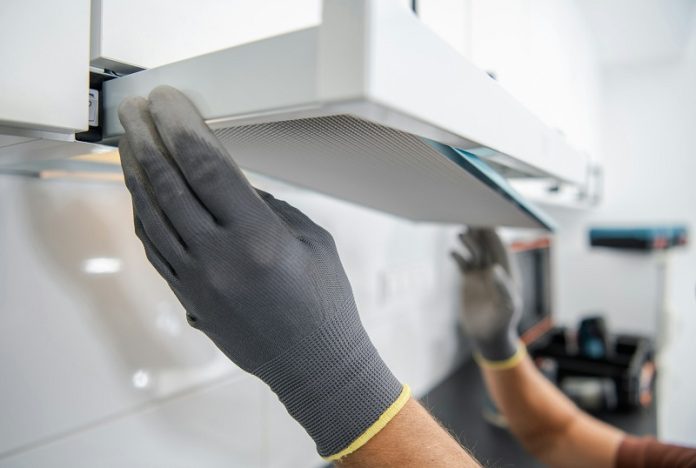
When we think about air pollution, we usually imagine car exhaust and smog outside.
However, the air inside our homes can also be polluted, and this can harm our health, especially for people with asthma.
In Australia, around 12% of childhood asthma cases are linked to gas stoves, which release harmful chemicals into the air.
While there’s a push to phase out gas stoves, about 38% of Australian households still use natural gas for cooking.
Unfortunately, not everyone can easily switch to an electric stove, especially those renting or facing financial challenges. This is particularly important because asthma is more common in areas with higher levels of disadvantage.
Here’s how gas stoves can affect asthma and what you can do to improve air quality at home.
What is asthma?
Asthma is the most common long-term condition in Australian children, affecting nearly 400,000 kids under 14.
It makes breathing difficult by narrowing the airways and blocking airflow. Many people manage asthma with inhalers, but it can be serious and even life-threatening. In 2020-21, Australian hospitals treated 56,600 asthma-related cases in emergency departments.
While asthma has many causes, both indoor and outdoor air pollution play a big role. Breathing in small particles from polluted air increases the risk of asthma and can make symptoms worse.
How gas stoves affect asthma
Gas stoves release toxic chemicals, including nitrogen dioxide (NO2), carbon monoxide (CO), and small particles called PM2.5. Of these, nitrogen dioxide is particularly harmful for people with asthma and can make the condition worse. Gas heaters can also release nitrogen dioxide into the air.
Since nitrogen dioxide is invisible and tasteless, it’s hard to know how much is in your home without an air monitor. Research from the U.S. has shown that homes with gas stoves can have nitrogen dioxide levels three times higher than homes with electric stoves. This is especially concerning for children, who tend to spend more time indoors.
How to improve indoor air quality
Switching to electric stoves is one of the best ways to reduce indoor air pollution, but this might not be an option for everyone. Some areas in Australia, like Victoria and the Australian Capital Territory, have announced bans on gas connections in new homes starting in 2024. However, many people still live in older homes or rentals with gas stoves.
Using exhaust fans and ventilation
One simple way to improve air quality is by using an efficient exhaust hood over the stove. These can capture over 75% of the pollutants and vent them outside. Cooking on the back burner also helps. However, exhaust fans only work if you use them, and studies show that many people forget to turn them on.
If you don’t have a high-efficiency exhaust fan, opening windows during and after cooking is a free and effective way to improve air circulation. Just keep in mind that this can be harder to do during colder months, when people also tend to use gas heaters more often.
Gas heaters and asthma
There are two types of gas heaters: flued and unflued. Unflued heaters release pollutants directly into your home, while flued heaters use a chimney to send harmful gases outside. If possible, replace unflued gas heaters with a flued one or an electric heater to help reduce asthma symptoms. If you can’t replace it, avoid using unflued gas heaters in bedrooms, especially overnight.
While asthma can’t be cured, its symptoms can be managed by reducing triggers. Improving air quality at home can make a big difference, even if you live in an older or rented property. This can help both children and adults with asthma breathe more easily.
If you care about lung, please read studies about a review of COPD-friendly foods for lung health, and can Vitamin C and E help fight lung cancer.
For more health information, please see recent studies about how diet influences lung health, and these vegetables could benefit your lung health.



